Can Dried Sea Swallow Fish Purchased from Supermarkets Be Consumed Directly? A Comprehensive Guide to Safety, Preparation, and Nutritional Considerations
Dried sea swallow fish, a staple in many global cuisines, has gained popularity as a convenient, shelf-stable snack or ingredient. Often sold in supermarkets, these slender, silver-hued fish are typically processed through salting and drying techniques to extend their shelf life. However, a common question arises among consumers: Can these supermarket-bought dried sea swallow fish be eaten directly, or do they require additional cooking or preparation?** This article delves into the intricacies of dried sea swallow fish, exploring its production, safety protocols, nutritional value, and cultural uses to provide a definitive answer.

Sea swallow fish, scientifically classified under the Engraulidae family, are small, pelagic fish found in temperate and tropical oceans worldwide. Commonly referred to as anchovies or whitebait in some regions, these fish are prized for their rich umami flavor and versatility in cooking. The drying process, a traditional preservation method dating back centuries, involves removing moisture to inhibit bacterial growth. Modern commercial production often combines salting, sun-drying, or mechanical drying to achieve the desired texture and flavor.
Supermarkets typically stock two primary types of dried sea swallow fish: semi-dried and fully dried. Semi-dried varieties retain some moisture, giving them a softer texture, while fully dried options are brittle and require rehydration before use. The labeling on packaging usually indicates whether the product is “ready-to-eat” or necessitates cooking. However, variations in processing methods and regional regulations can create confusion, making it essential to scrutinize product details.
Safety Considerations: Microbial Risks and Preservation Techniques
The critical factor determining whether dried sea swallow fish can be consumed directly lies in its production standards. Properly dried and packaged fish undergo rigorous quality control to eliminate pathogens such as Salmonella, Listeria, and parasitic worms. Salt, a natural preservative, is applied in high concentrations during processing to dehydrate bacteria and inhibit their proliferation. Additionally, modern techniques like vacuum sealing or nitrogen flushing prevent oxidation and contamination.
However, risks persist if the product is mishandled post-production. For instance:
- Improper Storage: Exposure to humidity or heat can reactivate dormant bacteria, leading to spoilage.
- Cross-Contamination: Contact with raw foods or unclean surfaces may introduce harmful microbes.
- Inadequate Drying: Insufficiently dried fish might retain moisture, creating a breeding ground for mold or yeast.
To mitigate these risks, consumers should:
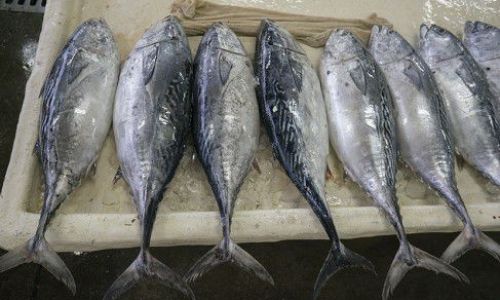
- Check for intact packaging and expiration dates.
- Avoid products with discoloration, off-odors, or visible mold.
- Store dried fish in airtight containers in cool, dry places.
Nutritional Profile: Benefits and Cautions
Dried sea swallow fish is a nutritional powerhouse, offering:
- Protein: A 100g serving provides approximately 60g of protein, essential for muscle repair and immune function.
- Omega-3 Fatty Acids: Rich in EPA and DHA, these fats support heart and brain health.
- Vitamins and Minerals: High in calcium, iron, and vitamin B12, which aid bone health and red blood cell production.
However, the high sodium content—often exceeding 2,000mg per serving—poses a concern for individuals with hypertension or kidney issues. Some manufacturers now offer low-sodium alternatives, but these may compromise shelf life.
Culinary Applications: Ready-to-Eat vs. Cooked Preparations
The answer to whether dried sea swallow fish can be eaten directly hinges on its intended use. Ready-to-eat varieties are typically:
- Lightly salted and sun-dried.
- Packaged in individual servings for snacking.
- Commonly found in Asian markets, labeled as “roasted seaweed-wrapped anchovies” or “ready-to-eat dried fish snacks.”
In contrast, non-ready-to-eat options require:
- Rehydration: Soaking in water for 10–15 minutes to soften texture.
- Cooking: Pan-frying, baking, or simmering in broths to enhance flavor.
Cultural preferences also influence consumption habits. In Korea, myeolchi-jeot (fermented anchovies) are a key ingredient in soups and side dishes, often consumed cooked. Meanwhile, in the Philippines, dilis are enjoyed fried as a crispy snack.
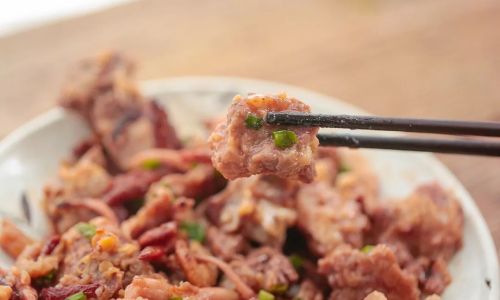
Expert Insights: Food Safety and Culinary Practices
Food scientists emphasize that commercially dried sea swallow fish is generally safe for direct consumption, provided it adheres to regulatory standards. Dr. Elena Torres, a marine biologist, notes, “Modern drying techniques, combined with salt curing, effectively neutralize pathogens. However, vulnerable populations—pregnant women, the elderly, and immunocompromised individuals—should exercise caution and opt for cooked preparations.”
Chefs often recommend a hybrid approach. “While some dried fish can be eaten as-is, toasting them in a pan with sesame oil amplifies their nutty flavor,” says Chef Kim Joon-ho, a Korean cuisine expert. Similarly, in Japanese cooking, iriko (dried anchovies) are simmered in dashi broth to extract umami before being discarded.
Debunking Myths: Freshness vs. Dried Products
A prevalent misconception is that dried fish is less nutritious or safe than fresh counterparts. In reality, drying concentrates nutrients, increasing protein and mineral density per serving. Moreover, the dehydration process preserves fish during off-seasons, ensuring year-round availability.
However, environmental contaminants like mercury or microplastics remain a concern. A 2023 study by the Marine Conservation Society found that small pelagic fish like sea swallows accumulate fewer toxins than larger predatory species, making them a relatively safer choice.
Step-by-Step Guide to Preparing Dried Sea Swallow Fish
For those opting to cook dried fish, here’s a simple method:
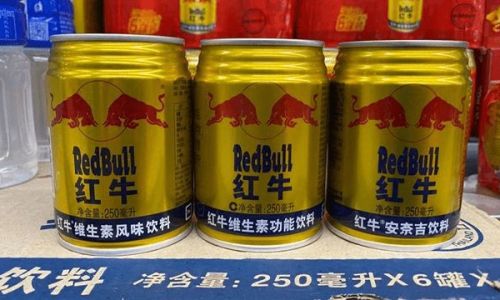
- Rinse: Gently wash under cold water to remove excess salt.
- Soak: Submerge in warm water for 15 minutes (skip for ready-to-eat varieties).
- Pat Dry: Use paper towels to eliminate moisture.
- Cook: Pan-fry in oil until crispy, or add to stews, rice dishes, or salads.
Conclusion: To Eat or Not to Eat?
In summary, most supermarket-bought dried sea swallow fish is safe for direct consumption, provided it is sourced from reputable brands and stored correctly. However, individual preferences, health conditions, and culinary traditions may warrant additional preparation. Always refer to packaging instructions and prioritize quality over cost to minimize risks.
Whether enjoyed as a savory snack, a flavor-enhancing ingredient, or a nutritional powerhouse, dried sea swallow fish remains a testament to humanity’s age-old ingenuity in preserving the bounty of the sea. By understanding its production, safety, and versatility, consumers can savor this delicacy with confidence and culinary creativity.
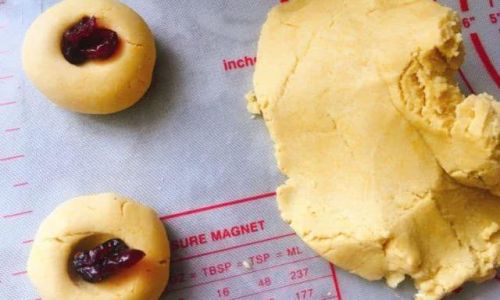


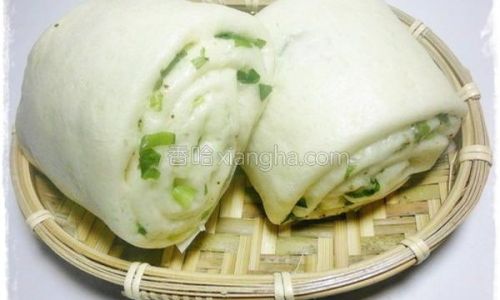
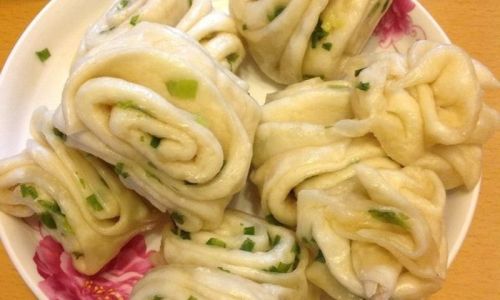
0 comments